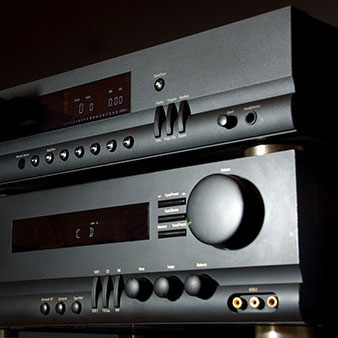solderdude
Grand Contributor
This is just for volume control and linearity (resistor tolerance) is not an issue here, in DACs it is as they are switched constantly.The L70 (headphone amp twin of the E70/E70 Velvet, which I also have) has one of these internal resistor ladder networks I think. I believe I saw a picture of about 25 resistors for all 200 positions between 0.0dB and -99.5dB
The more resistors (and relays or SS switches) the smaller the steps can be. Once the volume is adjusted there is no switching.


